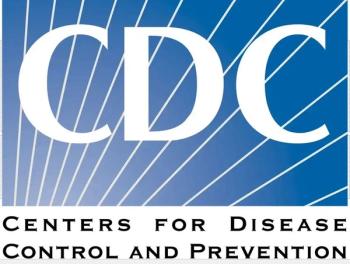
Glycemic Control in US Youth, Young Adults Disappointing

ADA 2020. Average A1c for a recent young cohort with type 2 diabetes was 8.5%, according to research presented at the ADA Virtual Scientific Sessions.
Estimated average A1c for a recent cohort of youth and young adults with type 2 diabetes (T2D) was 8.5%, according to
The data, presented during Trends in Glycemic Control Among Youth with Diabetes: the SEARCH for Diabetes in Youth Study, indicate that a substantial percentage of young Americans are not meeting guidline-recommended A1c goals and that glycemic control is worse than it has been for their counterpars from years past. In parrticular, many age groups have worse glycemic control compared to youth and young adults from 2002-2007.
The
“This large, active registry and cohort study of youth diagnosed with diabetes before the age of 20 enables researchers to make assessments of prevalence, annual incidence, and trends by age, race/ethnicity, sex, and diabetes type,” said SEARCH principal investigator and study co-author Dana Dabelea, MD, PhD, director of the Lifecourse Epidemiology of Adiposity and Diabetes (LEAD) Center and the Conrad M. Riley Endowed Professor at the Colorado School of Public Health. “The SEARCH findings have contributed to a better understanding of the complex and heterogeneous nature of diabetes in youth.”
In the current analysis, researchers examined trends in glycemic control in 6,492 SEARCH participants who had diabetes for more than a year. Participants’ visit data was categorized into three time periods: 2002-2007, 2008-2013, and 2014-2019.
In addition, participants were categorized into 3 groups based on duration of diabetes (1 to 4, 5 to 9, and >10 years) and into 4 groups by age (10 to 14, 15 to 19, 20 to 24, and ≥25 years).
Multivariable regression was used to test differences in A1c over time. Adjustments were made to control for site, age, sex, race/ethnicity, health insurance status, and disease duration.
The key results:
- A substantial percentage of current youth and young adults with diabetes are not meeting current expert recommended A1c goals.
- The estimated average A1c for the most recent cohort of youth and young adults with type 1 diabetes was 8.7%, while the most recent group with type 2 diabetes had an estimated average A1c of 8.5%.
- Overall, youth and young adults with diabetes who had study visits between 2014 and 2019 had average A1c levels that were comparable to earlier SEARCH cohorts.
- However, current youth and young adults with type 1 diabetes in the 10-14, 15-19, and 20-24-year-old age groups continue to have worse glycemic control than the 2002-2007 cohort.
- Similarly, participants aged ≥25 years with T2D exhibit a temporal trend of worse glycemic control relative to earlier time periods.
“These results suggest that not all youth and young adults with diabetes are directly benefiting from the increased availability of diabetes technology, newer therapies, and the use of more aggressive glycemic targets for youth with diabetes over time,” said the study’s lead author Faisal Malik, MD, MSHS, assistant professor of pediatrics at the University of Washington School of Medicine, investigator at the Center for Child Heath, Behavior and Development at Seattle Children's Research Institute, and a pediatric endocrinologist at Seattle Children's Hospital. “Given the evidence highlighting the benefits of tight glycemic control, this study reinforces the need for interventions that combine the use of diabetes technology with effective behavioral and social approaches to improve A1c levels.”
“The increasing trends in the burden and risk of both type 1 and type 2 diabetes suggest there is a need to continue and likely expand comprehensive and sustainable surveillance efforts in youth and young adults,” added Dr. Dabelea.
Newsletter
Enhance your clinical practice with the Patient Care newsletter, offering the latest evidence-based guidelines, diagnostic insights, and treatment strategies for primary care physicians.















































































































































































































































































